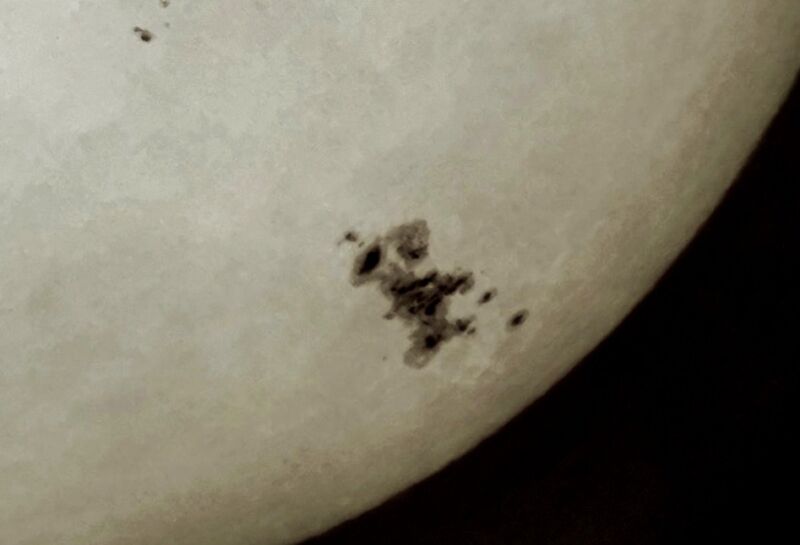Enlarge / A naked-eye sunspot group on May 11, 2024. There are typically 40,000 to 50,000 sunspots observed in ~11-year solar cycles. (credit: E. T. H. Teague)
A team of Japanese and Belgian astronomers has re-examined the sunspot drawings made by 17th century astronomer Johannes Kepler with modern analytical techniques. By doing so, they resolved a long-standing mystery about solar cycles during that period, according to a recent paper published in The Astrophysical Journal Letters.
Precisely who first observed sunspots was a matter of heated debate in the early 17th century. We now know that ancient Chinese astronomers between 364 and 28 BCE observed these features and included them in their official records. A Benedictine monk in 807 thought he’d observed Mercury passing in front of the Sun when, in reality, he had witnessed a sunspot; similar mistaken interpretations were also common in the 12th century. (An English monk made the first known drawings of sunspots in December 1128.)
English astronomer Thomas Harriot made the first telescope observations of sunspots in late 1610 and recorded them in his notebooks, as did Galileo around the same time, although the latter did not publish a scientific paper on sunspots (accompanied by sketches) until 1613. Galileo also argued that the spots were not, as some believed, solar satellites but more like clouds in the atmosphere or the surface of the Sun. But he was not the first to suggest this; that credit belongs to Dutch astronomer Johannes Fabricus, who published his scientific treatise on sunspots in 1611.
Read 9 remaining paragraphs | Comments




